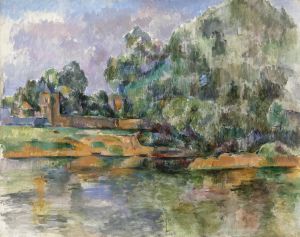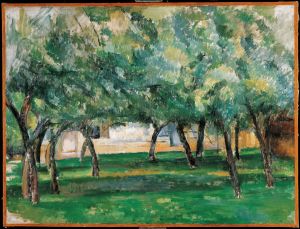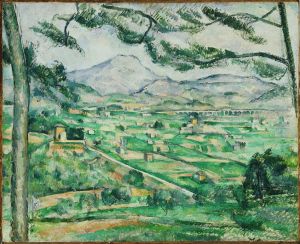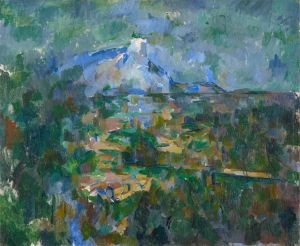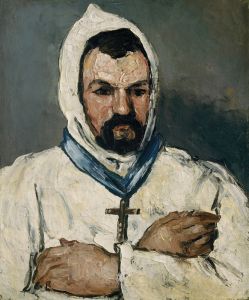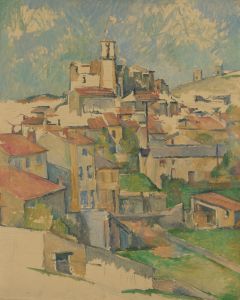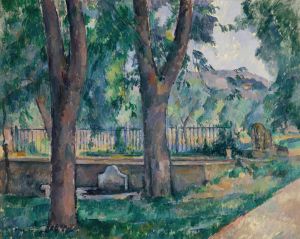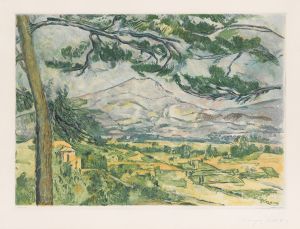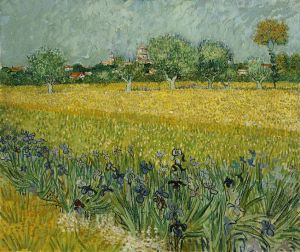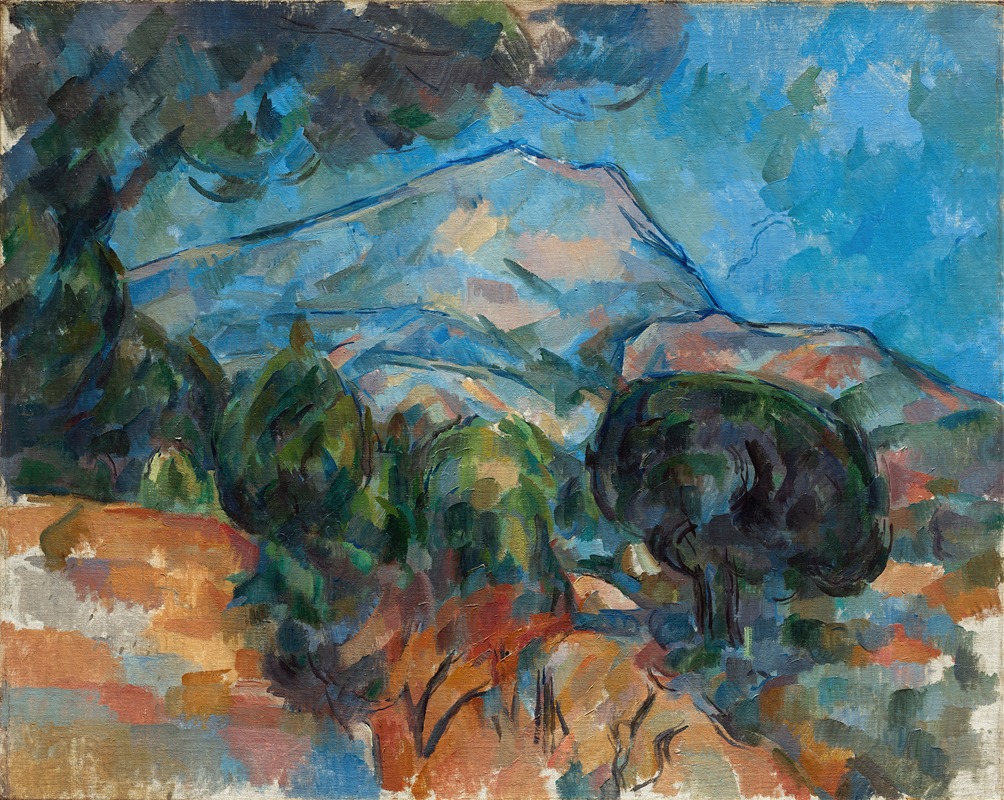
Mount Sainte-Victoire
A hand-painted replica of Paul Cézanne’s masterpiece Mount Sainte-Victoire, meticulously crafted by professional artists to capture the true essence of the original. Each piece is created with museum-quality canvas and rare mineral pigments, carefully painted by experienced artists with delicate brushstrokes and rich, layered colors to perfectly recreate the texture of the original artwork. Unlike machine-printed reproductions, this hand-painted version brings the painting to life, infused with the artist’s emotions and skill in every stroke. Whether for personal collection or home decoration, it instantly elevates the artistic atmosphere of any space.
Mount Sainte-Victoire is a series of oil paintings by the French artist Paul Cézanne. These works are among the most celebrated and influential in the history of Western art. Cézanne painted the mountain, located in the Provence region of southern France, numerous times between the late 19th and early 20th centuries. The series is notable for its exploration of form, color, and perspective, which played a crucial role in the development of modern art.
Paul Cézanne was born on January 19, 1839, in Aix-en-Provence, and the Sainte-Victoire mountain was a prominent feature of his native landscape. The mountain became a central motif in his work, and he painted it from various angles and at different times of the day and year. This allowed him to experiment with the changing effects of light and atmosphere, as well as to explore the geometric structure of the landscape.
Cézanne's approach to painting Mount Sainte-Victoire was methodical and analytical. He often worked en plein air, or outdoors, directly observing the natural environment. His technique involved building up the image with small, repetitive brushstrokes, creating a sense of depth and solidity. This method was a departure from the more fluid and spontaneous brushwork of the Impressionists, with whom Cézanne had been loosely associated earlier in his career.
The Mount Sainte-Victoire series is significant for its role in the transition from 19th-century Impressionism to 20th-century Cubism. Cézanne's emphasis on the underlying structure of the landscape, his use of color to define form, and his exploration of multiple viewpoints influenced many younger artists, including Pablo Picasso and Georges Braque. These artists would later develop Cubism, a movement that further deconstructed traditional notions of perspective and representation.
One of the most famous paintings in the series is "Mont Sainte-Victoire seen from Bellevue," created around 1885-1887. This work exemplifies Cézanne's mature style, with its balanced composition, harmonious color palette, and intricate brushwork. The painting captures the rugged beauty of the mountain and the surrounding countryside, conveying a sense of timelessness and permanence.
Cézanne continued to paint Mount Sainte-Victoire until his death on October 22, 1906. His dedication to this subject reflects his deep connection to the landscape of Provence and his relentless pursuit of artistic innovation. Today, the Mount Sainte-Victoire paintings are held in major museums and private collections around the world, including the Musée d'Orsay in Paris, the Metropolitan Museum of Art in New York, and the Hermitage Museum in Saint Petersburg.
The legacy of Cézanne's Mount Sainte-Victoire series is profound. These works not only represent a pivotal moment in the history of art but also continue to inspire and challenge artists and viewers alike. Cézanne's ability to capture the essence of the natural world while simultaneously pushing the boundaries of artistic expression has secured his place as one of the great masters of modern art.





